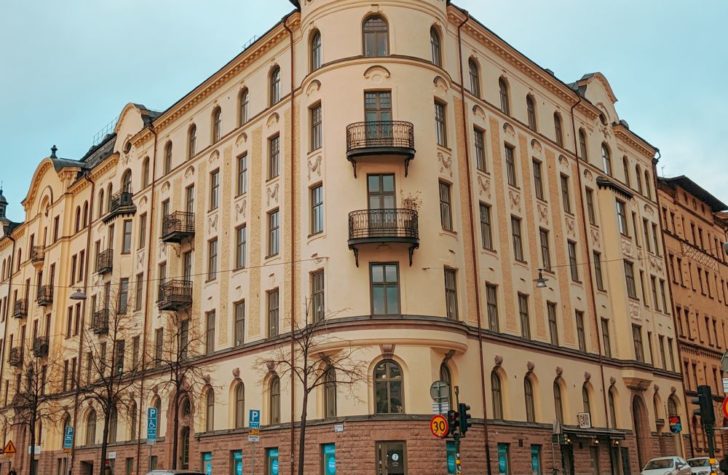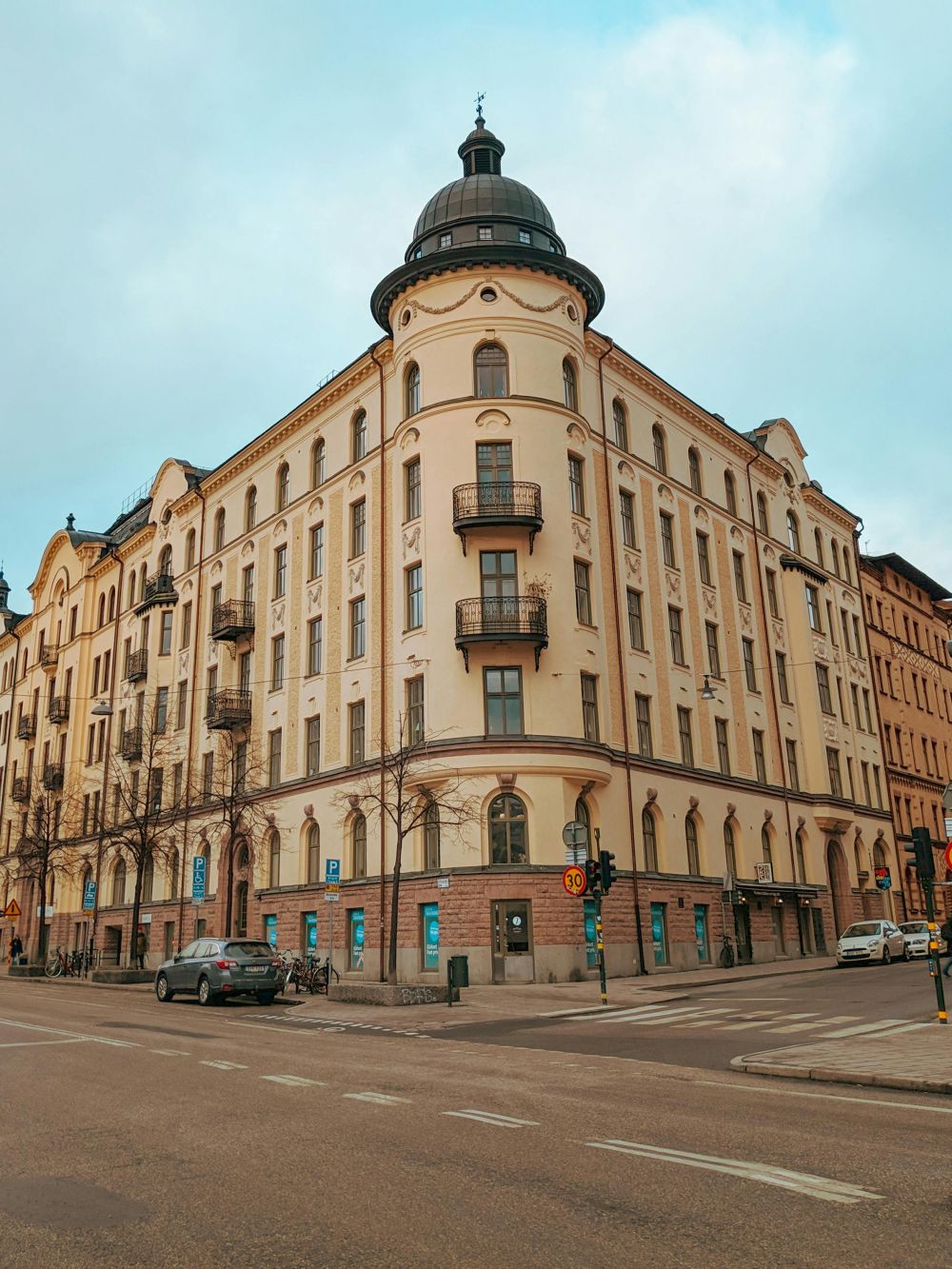Teater Stockholm: En Upplevelse för Upplevelsejägare

An Introduction to Theatre in Stockholm
Stockholm, the cultural and artistic hub of Sweden, offers a vibrant and diverse theatre scene that is sure to captivate any theatre enthusiast. From classic plays to experimental performances, Stockholm’s theatres cater to all tastes and preferences. In this article, we will take a comprehensive look at ”teater Stockholm” and delve into its various aspects, including its types, popularity, and historical significance.
Understanding Teater Stockholm

Teater Stockholm refers to the wide array of theatrical productions and performances that take place in and around the city. This encompasses both traditional and contemporary forms of theatre, ranging from grand productions in iconic venues to intimate performances in small studios. The city boasts numerous theatres, each with its unique charm and artistic vision, collectively making Stockholm a thriving cultural hub.
Exploring the Types of Theatre in Stockholm
Stockholm offers a diverse repertoire of theatrical genres, ensuring there is something for everyone. Some of the most popular types of theatre include:
1. Traditional Theatre: This genre encompasses classical plays and well-known productions that have stood the test of time. The Royal Dramatic Theatre (Kungliga Dramatiska Teatern) is a prominent institution showcasing traditional theatre at its finest. With its rich history and grandeur, this theatre attracts both locals and tourists alike.
2. Contemporary Theatre: Stockholm also celebrates contemporary theatre, which challenges traditional norms and explores innovative storytelling techniques. Independent theatres such as Dramaten and Teater Tre exemplify Stockholm’s commitment to pushing boundaries and embracing new forms of expression.
3. Experimental Theatre: For those seeking unique and unconventional experiences, Stockholm offers a thriving experimental theatre scene. Productions that blur the lines between performance art, physical theatre, and multimedia installations can often be found at venues like the Stockholm City Theatre (Stockholms Stadsteater).
Quantitative Measurements of Teater Stockholm
To gain a deeper understanding of Teater Stockholm, let’s take a look at some statistical data to gauge its popularity and reac
1. Attendance Figures: Every year, Stockholm’s theatres attract thousands of theatregoers. Data shows that the Royal Dramatic Theatre alone sees an average annual attendance of over 250,000 people.
2. Ticket Sales: The success of a theatre production can often be measured by ticket sales. In recent years, Stockholm’s theatre industry has seen a steady increase in ticket revenues, indicative of its growing popularity and demand.
3. International Recognition: Stockholm has gained international acclaim for its theatre productions. The city regularly hosts international theatre festivals, bringing together artists and performers from all over the world. The Stockholm Fringe Festival, for instance, attracts both local and international talent.
Distinguishing Differences Within Teater Stockholm
Despite the overarching term of ”Teater Stockholm,” each theatre within the city has its unique identity and artistic vision. Some factors that differentiate one theatre from another include:
1. Venue Size and Ambiance: Stockholm houses both large and small theatres, each offering a distinct ambiance and experience. From historical landmarks like the Royal Dramatic Theatre to small, intimate studios, the city caters to diverse preferences.
2. Programming and Repertoire: The type of productions showcased also influences the theatre’s character. Some theatres may lean towards traditional plays, while others specialize in contemporary or experimental performances.
3. Artistic Collaborations: The collaborations between theatre companies and artists also play a significant role in distinguishing one theatre from another. Some theatres may have partnerships with renowned directors or resident theatre companies that experiment with avant-garde forms of storytelling.
A Historical Journey through the Pros and Cons of Teater Stockholm
Throughout its history, Teater Stockholm has witnessed both advantages and disadvantages. Let’s explore some notable examples:
1. Advantages:
– Cultural Enrichment: Teater Stockholm serves as a platform for cultural exchange, presenting diverse stories and perspectives.
– Education and Awareness: Theatre productions often tackle social issues, sparking conversations and raising awareness among the audience.
2. Disadvantages:
– Accessibility: The cost of theatre tickets and limited availability of accessible seating may hinder some individuals from experiencing Teater Stockholm.
– Language Barriers: While many productions offer English surtitles, the majority are performed in Swedish, creating a language barrier for non-Swedish speakers.
In conclusion, Teater Stockholm offers a rich tapestry of theatrical experiences that cater to varied tastes and interests. With traditional, contemporary, and experimental forms of theatre, Stockholm ensures there is something for everyone within its vibrant cultural landscape. So, whether you are an avid theatregoer or a newcomer to the world of theatre, Teater Stockholm promises unforgettable experiences that will leave you captivated and inspired.

















